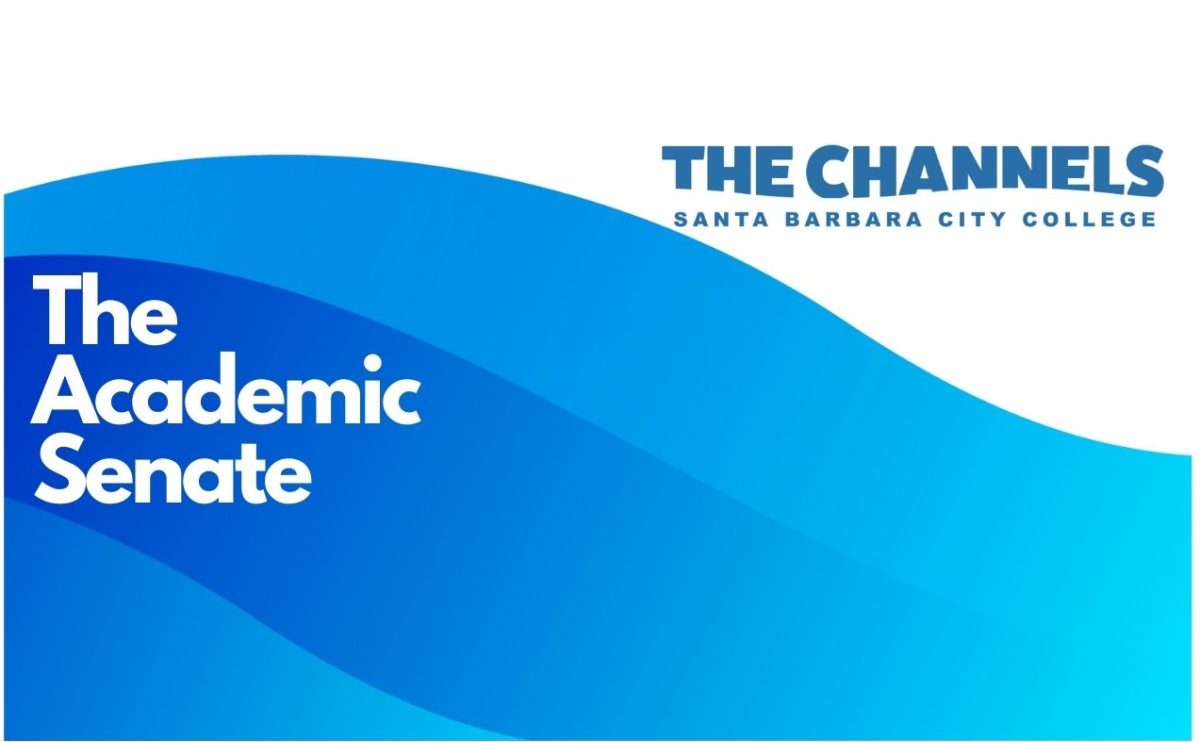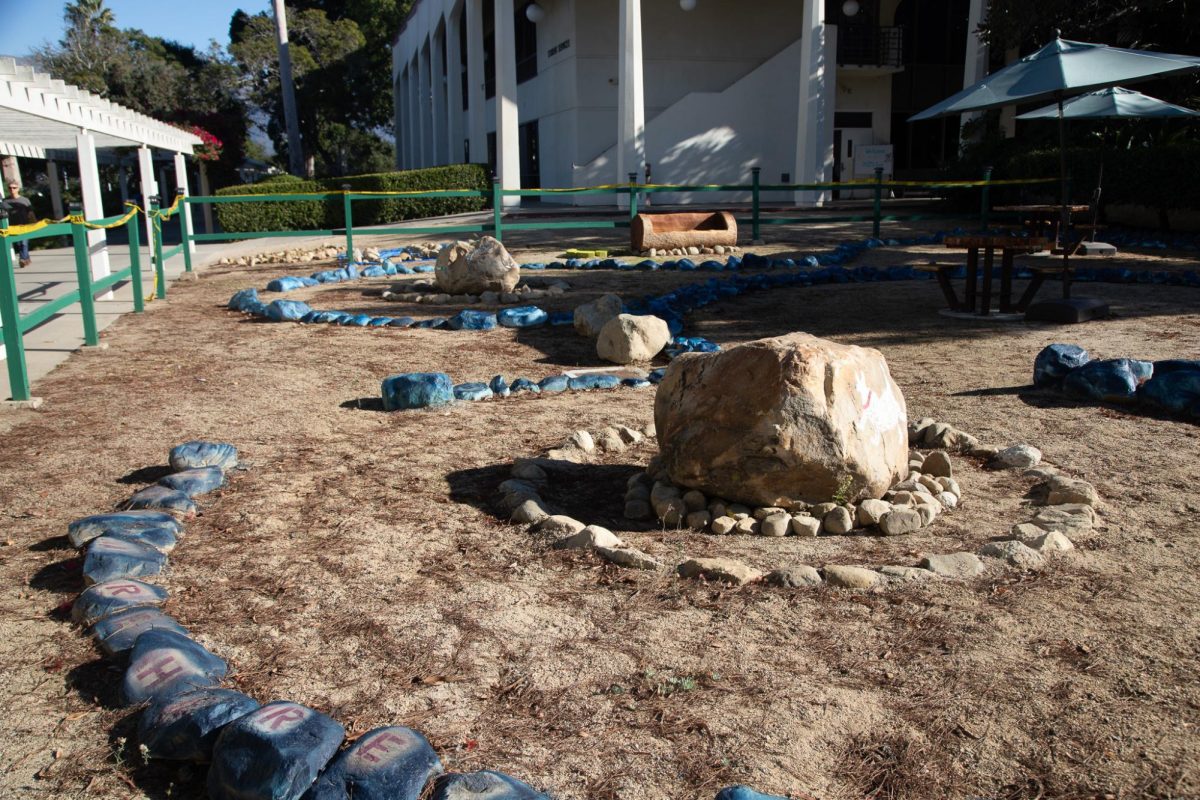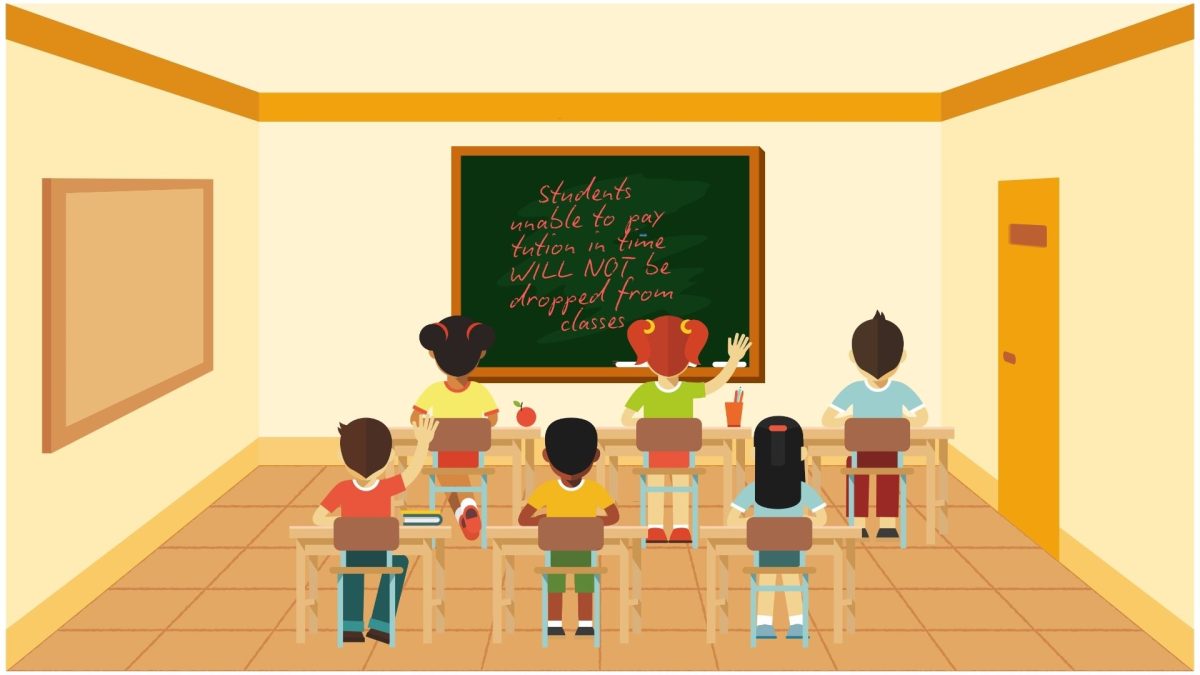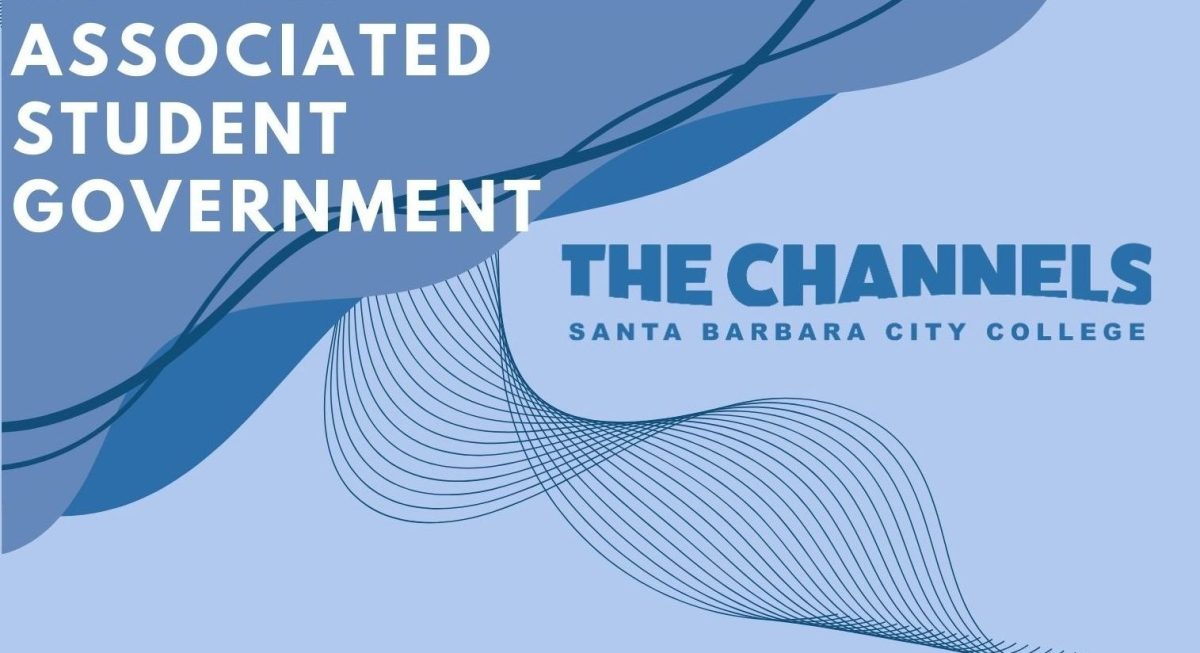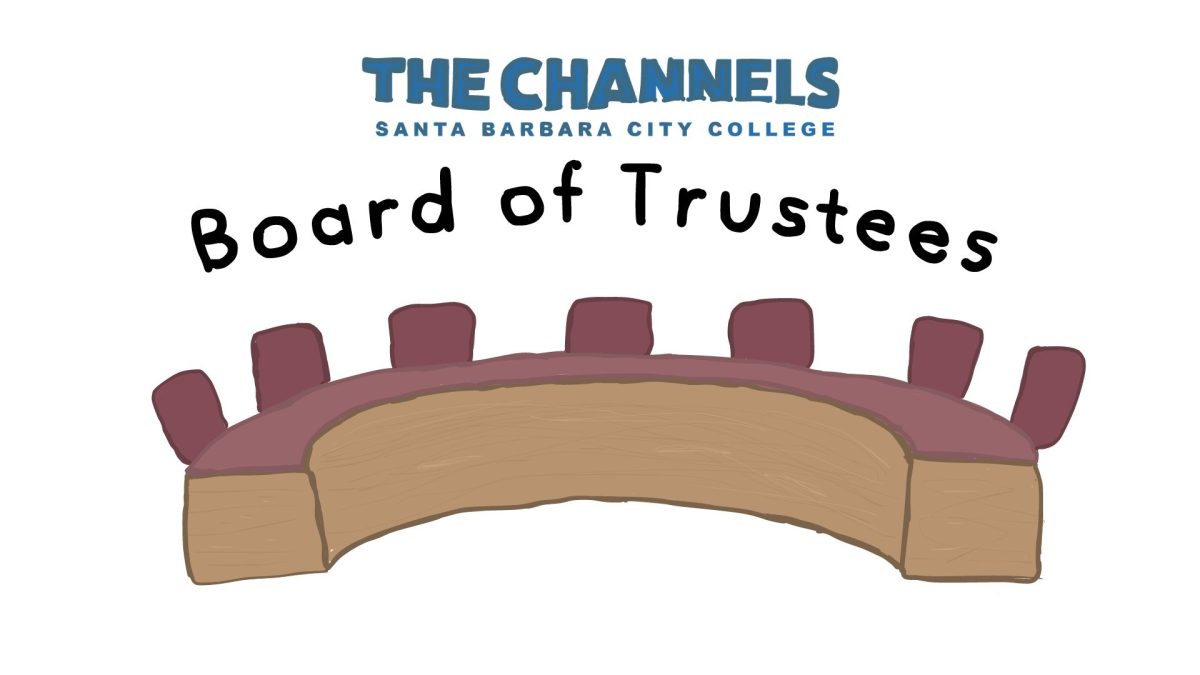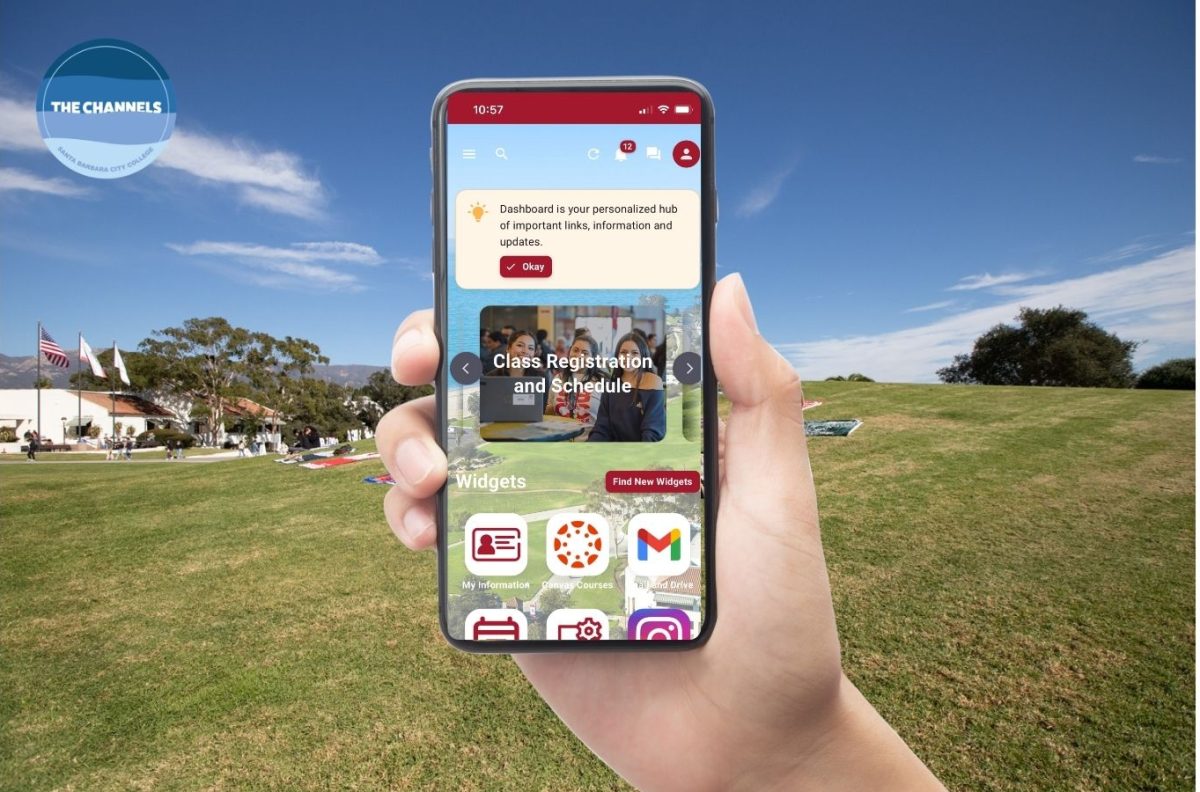Over the last week, the two most common words on social media have caused a riveting storm of action, and reaction. Within 24 hours, there were more than 12 million posts or comments regarding the ‘‘Me too’’ campaign on facebook, and the hashtag had been retweeted over a million times within 48 hours, according to CBS News.
Sexual assault victims are speaking out on social media by posting ‘‘Me too.’’ Thousands have opened up to share their personal stories.
“I think every woman I know has been sexually harassed or sexually assaulted at some point,’’ said Danielle Swiontek, history professor and feminist club advisor. “It is difficult to report. Women can be targeted when they report, and men too.’’
It all started 10 years ago, and contrary to popular belief not with Italian-American singer and actress Alyssa Milano. In 2006, the ‘‘Me too’’ movement was created by Tarana Burke, who according to an article in the Washington Post, panicked as she watched her movement grow over the week, with the credit going to someone else. The black activist feared all her work would be forgotten.
“This happens all the time in social media campaigns, and the credit always go to a white person,’’ said Communications Professor Carrie Hutchinson.
“This is another shortfall of social media. It is so easy to blast and share things that we often misattribute.’’
Hutchinson said that this really points out the need for intersectionality in activism.
“If we are fighting for equality and respect for people based on their gender, we need to be fighting for equality and respect for people based on their race and their ability and their sexual orientation, and everything else.’’
The 10-year-old movement spread like wildfire when Alyssa Milano tweeted, requesting anyone who has been sexually assaulted to say ‘‘Me too.” This follows sexual misconduct allegations against hollywood film producer Harvey Weinstein.
“If all the women who have been sexually harassed or assaulted wrote ‘Me too’ as a status, we might give people a sense of the magnitude of the problem,” she wrote.
According to Swiontek, sexual harassment in the workplace first gained popular knowledge back in 1991 when Anita Hill testified against her boss, Clarence Thomas, who was waiting to be confirmed to the Supreme Court.
“I think that really was the first event that brought the discussion about sexual harassment into popular media and popular discussion,’’ Swiontek said.
Hill was ridiculed and Thomas still became confirmed in the Supreme Court, but the event started a movement. To show support, people put “we believe you Anita’’ bumper stickers on their cars, perhaps that time’s version of a retweet or Facebook post.
But the passiveness of posting, retweeting and liking on social media is, according to Hutchinson, a big problem.
“I think social media has enormous limitations for the most important part of the campaign which is mobilizing people for action,’’ she said.
“What social media tends to do is it does empower people to use their voice and then their action usually stops there.’’
She thinks that it is a great thing if the campaign can empower and help the individual but points out that out of a societal standpoint, social media often does very little.
“If it leads to action, I am satisfied. If not, I consider it just another way of making people feel like they’ve done something when nothing is going to change.’’
Both Swiontek and Hutchinson agreed on the need for a next step. Hutchinson, who works with the activist group Showing Up for Racial Justice, wanted to encourage everyone to contact organizations and get involved.
“Join them in the fight that already exists,’’ she said. “You just need to jump on board and get behind it.’’
Swiontek pointed out that it is important that people get regular training regarding sexual assault at the workplace. She hopes at a minimum that this sparks companies to take a look at their policies around sexual harassment.


